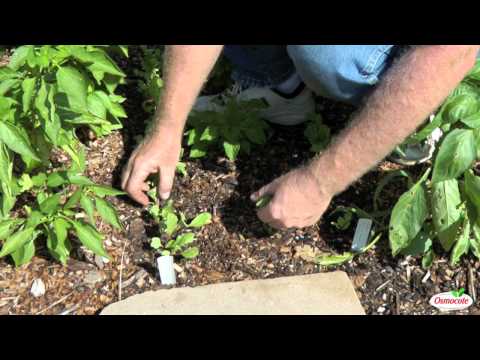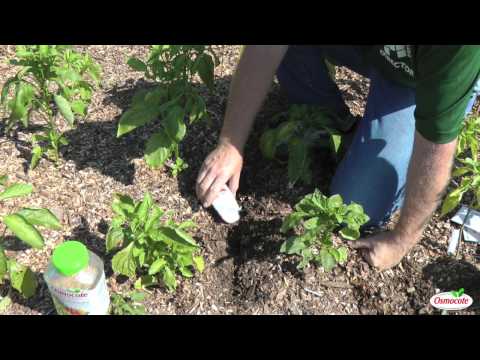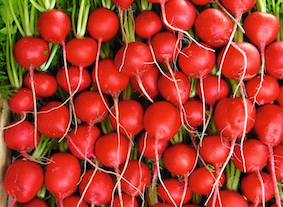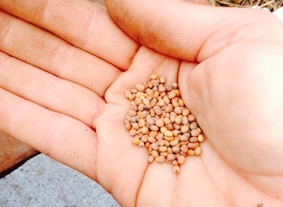Know and Grow (Radishes)
Like other root crops, radishes thrive in cool, moist soil where leaves get six or more hours of sun. Short-season radishes can be sown as soon as the soil is workable in spring. Plant them just about anywhere outdoors — in the ground or a in container. Make sure the post has drainage holes and loose, fertile soil.
A well-drained sandy-loam soil amended with compost or a lightweight potting mix gets the seeds off to a good start. Plant the seeds of small globe radishes about ½-inch deep and about one inch apart. Larger varieties should also be planted about ¼-inch deep and about two inches apart. To avoid crowding, thin out (remove) some of the seedlings when the leaves are about 1½ inches tall.
The smaller globe or French Breakfast radishes should be grown about an inch or so apart to allow room for the bulbs to develop. Thein the Larger varieties so the radishes are growing two inches apart.
In heavy clay soil, it’s difficult for some varieties to enlarge their roots below the soil surface. Some, such as ‘Shogoin’ and ‘Shiroagari’ push their roots up so that most of the radish is growing above ground.
Short-season varieties make good companion plants for slower-growing crops. You can sow radishes alongside a row of carrots. The radishes will be harvested first. Additionally, pulling them out will help cultivate the soil around the carrots. Planting them together (called intercropping) will also help restrict weeds. For the best flavor, radishes need to mature quickly and will also need regular watering to prevent them from cracking.
Radish seeds can again be sown in early September through October for a late harvest when the weather turns cool. Radishes are generally quite cold-tolerant, but if they freeze a few times they’ll become spongy
Radish Pests
Radishes are generally trouble-free, but flea beetles, aphids, snails, slugs and a few other pests may damage the leaves. Cabbage maggots sometimes nibble through the roots. Prevention is key. After sowing seeds, place a lightweight floating row cover over the seed bed and secure with stones or landscape staples. The row cover lets the light and water in but keeps flying pests from landing and laying eggs. You can also pick larger insects off the leaves and drop them into a bucket of soapy water.
Harvesting Radishes
Pick short-season radishes before hot weather sets in and when they are young — 3/4-inch or cherry size for the round ones and 1-inch across for the long, narrow varieties. They should be firm and crisp. If they become soft and blotchy, you should throw them into the compost pile. If you don’t use them right away, trim away the leaves and keep them in the refrigerator. To keep radishes crisp, place them in a bowl of ice water before you prepare them for a dish.








